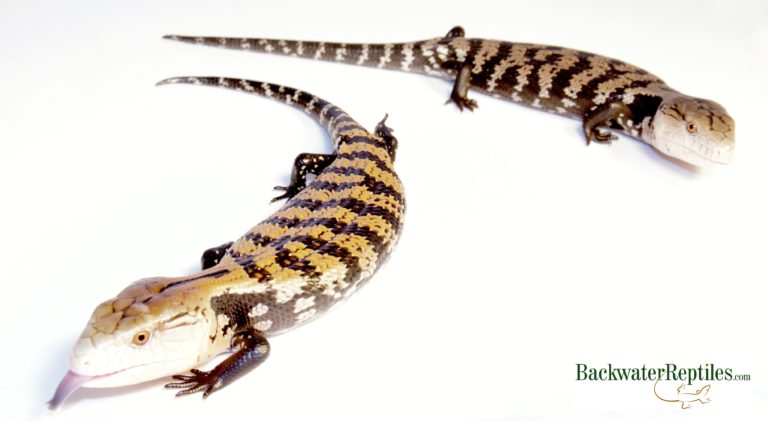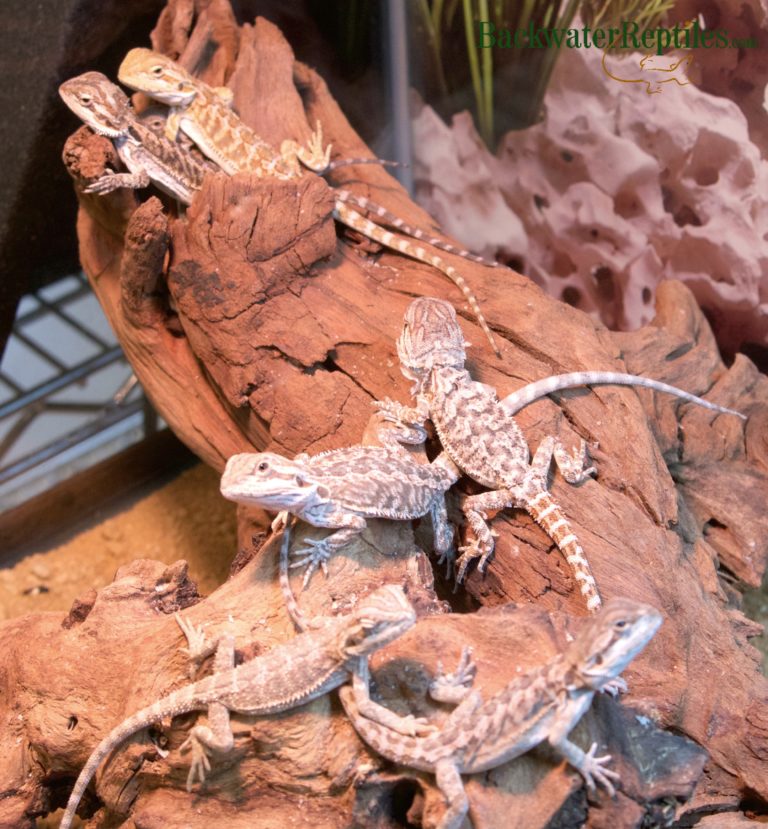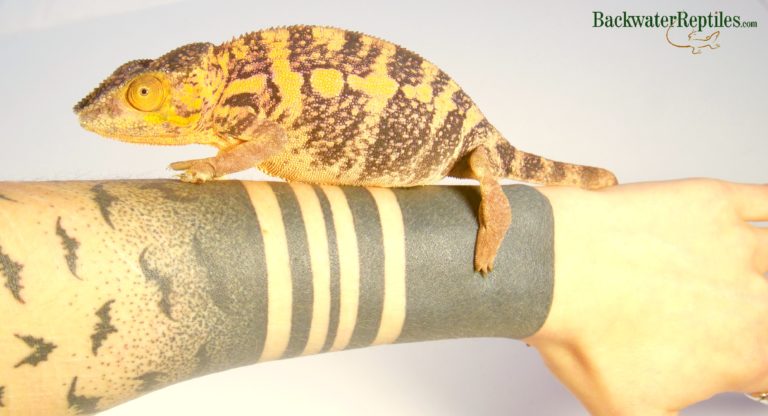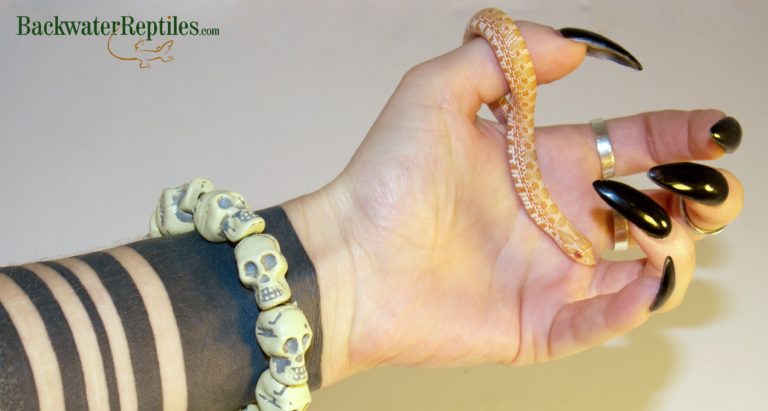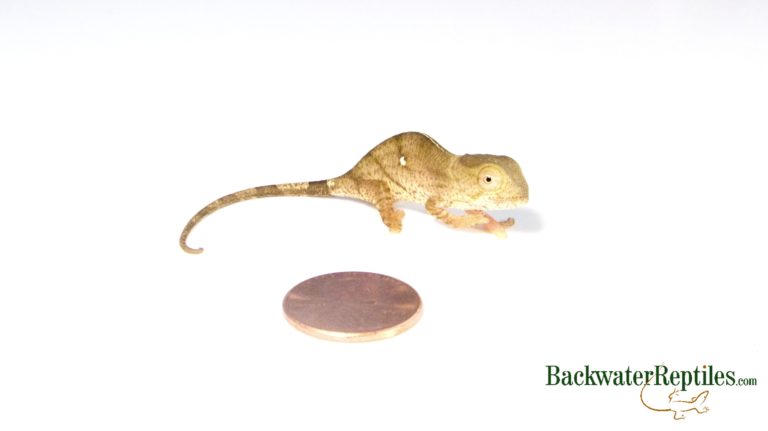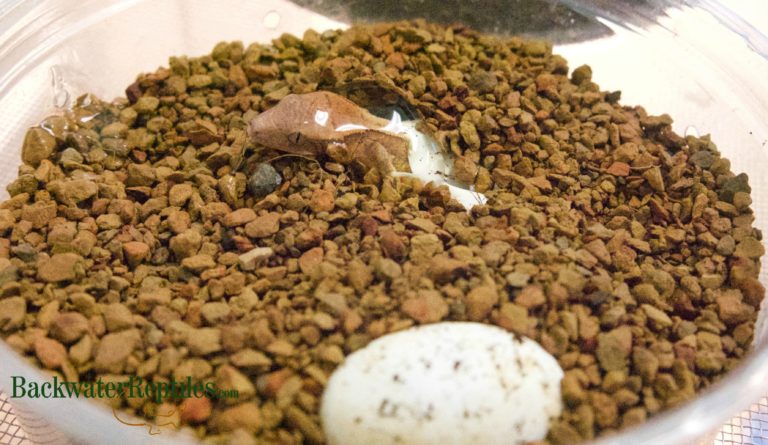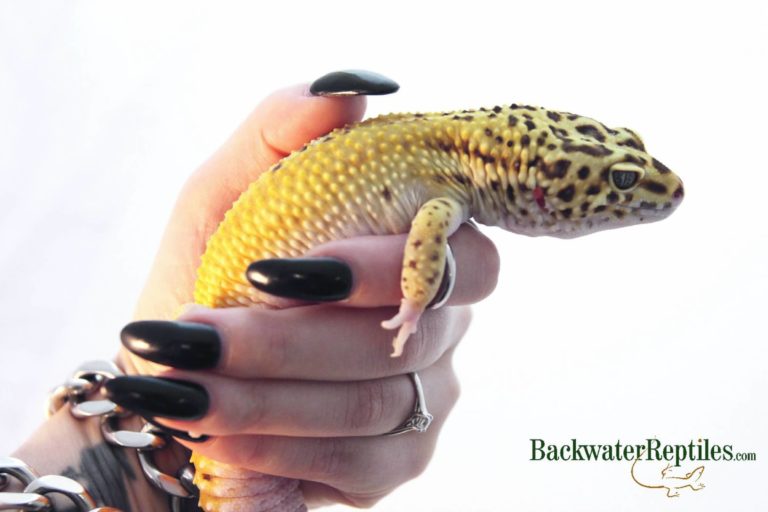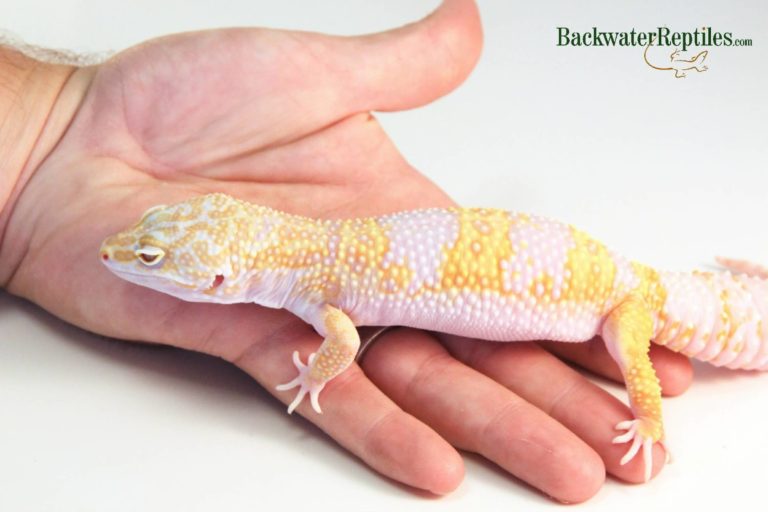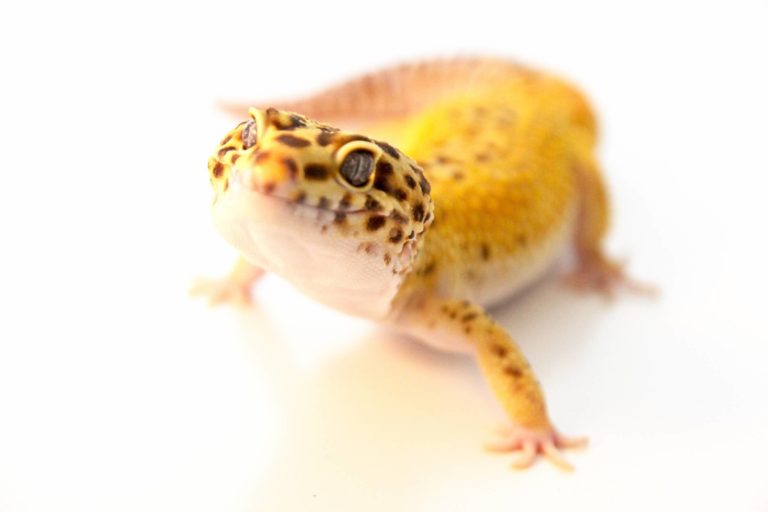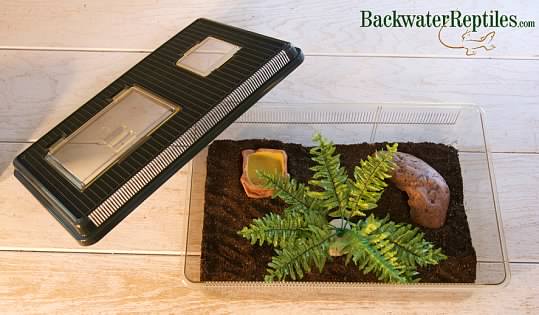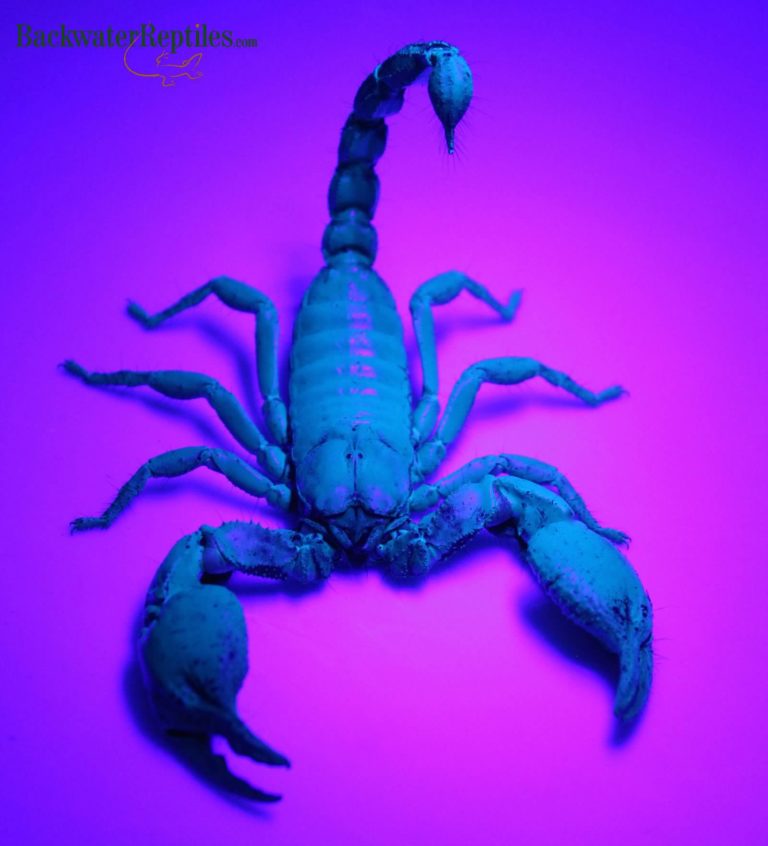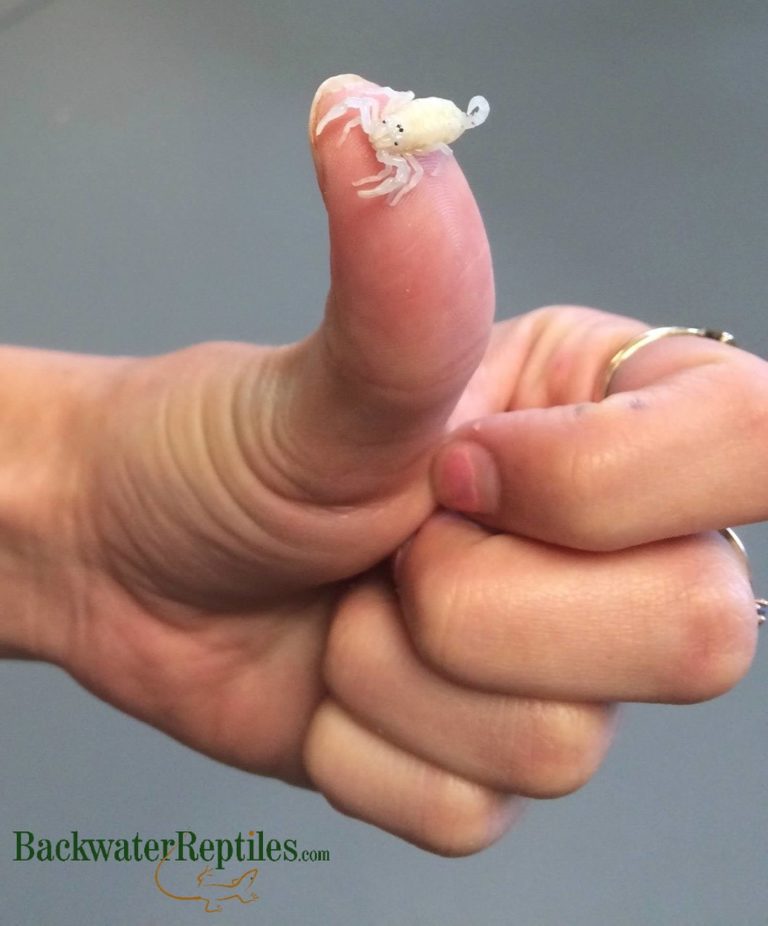Giving the gift of a reptile is a sure way to make anyone’s holiday cheerful and definitely one they will always remember. However unlike that blanket you wish to give, you cannot wrap a reptile and leave it under the tree until Christmas Day. How do you make this special moment happen perfectly? We have a few tips on how to purchase or order a Live Animal during the hectic season, before December 25th. Or you can scroll down to the bottom of this article and see how you can get away with giving a live animal in just 1 Step.
If you wish to know how to wrap a Reptile like a present specifically, please refer to our other article linked below.
https://backwaterreptilesblog.com/wrap-reptile-gift/
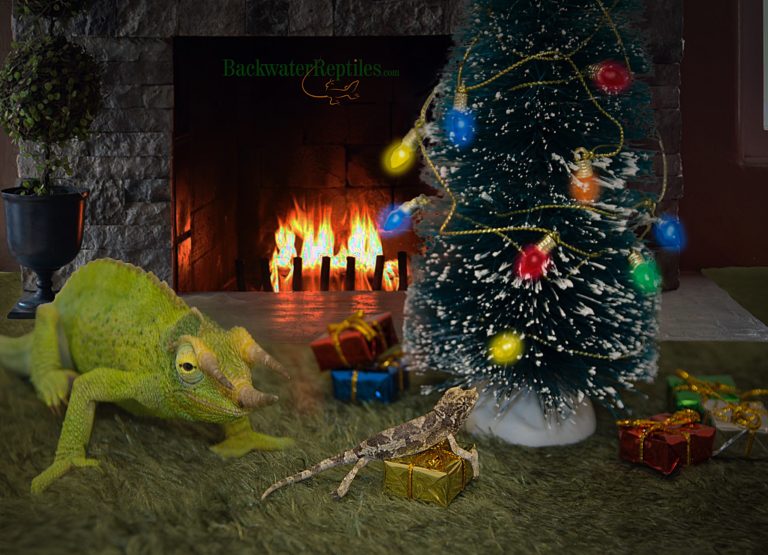
1. Preparation
With animals, you can never prepare too much. Depending on the species that you want, be sure you have all the necessities required for that animal from the enclosure, basking spot, UVB light, food, decorations, etc. Some species will require more supplies than others however it’s extremely important you have all of it before ordering, as reptiles need it to survive and keep healthy. Please be keeping in mind that if you order a baby/juvenile animal, it will grow. For example, a baby Iguana will reach up to 6 feet and will need at least a 12x6x6 foot cage once it’s an adult. Also be sure that this live animal can be responsibly taken care of for the rest of its life.
Reptiles Magazine is a great, reliable source to check out what you need or how to care for the species you wish to acquire. You can even print out a care sheet from their website and include it so that the lucky one receiving this gift will know how to care for the animal as well.
You can email us at anytime however at sales@backwaterreptiles.com if you have any further questions on care, behavior, etc. We are always happy to help our customers with their research.
2. Order Early
Now that you have all the animal supplies, it is time to order the animal itself for that special someone. We always recommend ordering earlier than later when it comes to Live Animals especially.
Firstly, during this season, there are many other people also ordering Live Animals like you. Therefore animal stock will be constantly changing depending on the species of course. Some animals are more rare than others and can be sold out very quickly within hours. We unfortunately cannot physically hold animals so please keep this in mind when placing your order.
Secondly, ordering early ensures that we can help right away after arrival on getting your animal adjusted to its new home if need be. Live Animals are unpredictable and we recommend giving them plenty of time to get adjusted into their new home.
3. Safe Arrival
Of course we want the animal to arrive to you as safely as possible. Because we are in the colder season, we always recommend to customers with temperatures below 40F (day & night temps), that they have their package held at a local facility for customer pickup. We do send a reminder email to have your package held at a local facility prior to shipping and how to do it. Our Team is great at packing the animals during the colder months by adding heat packs inside the insulated overnight shipping box.
Rest assured, every animal is only shipped via overnight mail for his or her safety. Having the package held at a local facility greatly reduces the amount of hours that the package is exposed to outside temperatures by being in a temperature-regulated facility and not on a delivery truck. *Be sure to choose a main Hub or Ship Center when selecting a facility for pickup as not all facilities can hold live animals.
We always recommend that customers take the time to pickup the package at a facility, as it’s easier on the animal and worth it for you.
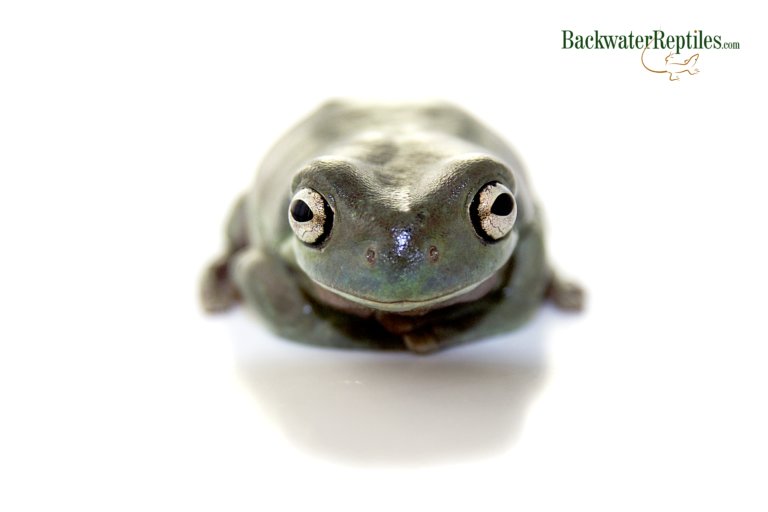
4. Hiding
You have all your supplies and picked up your animal at the facility a week prior to Christmas. Now where can you hide your well thought out gift?
Of course if your living under the same roof as the person your giving the animal too, it can be quite tricky especially if they are younger kids. One of the best places to hide these critters is in the closet. Whether you have a walk in or sliding door closet, it is best to make a bit of temporary room to store the animal since it’s a quiet, secure, and private. We of course mean to store the animal within its enclosure with all of its requirements such as a basking spot, UVB, etc. and not in a box. The animal should be opened immediately upon delivery from the shipping box and placed in its enclosure. *Do not leave or wrap an animal in the shipping box for Christmas.* Yes, we did just have to mention this.
Animals such as small Frogs or Tarantulas will generally have smaller enclosures and/or with heat pads and therefore can be hidden easier. Just be sure that wherever your creative hide is, that the animal is easily accessible to feed, water, etc. and also is in an open enough area to breathe. You never want to hide an animal where there is not a lot of airflow. Also be sure that you are taking fire safety precautions by not allowing the lights to touch anything flammable.
Although ordering the animal early to hide it for a few days can be a hassle, it is definitely worth it. The animal will be nice and adjusted to its new home by the time it is given.
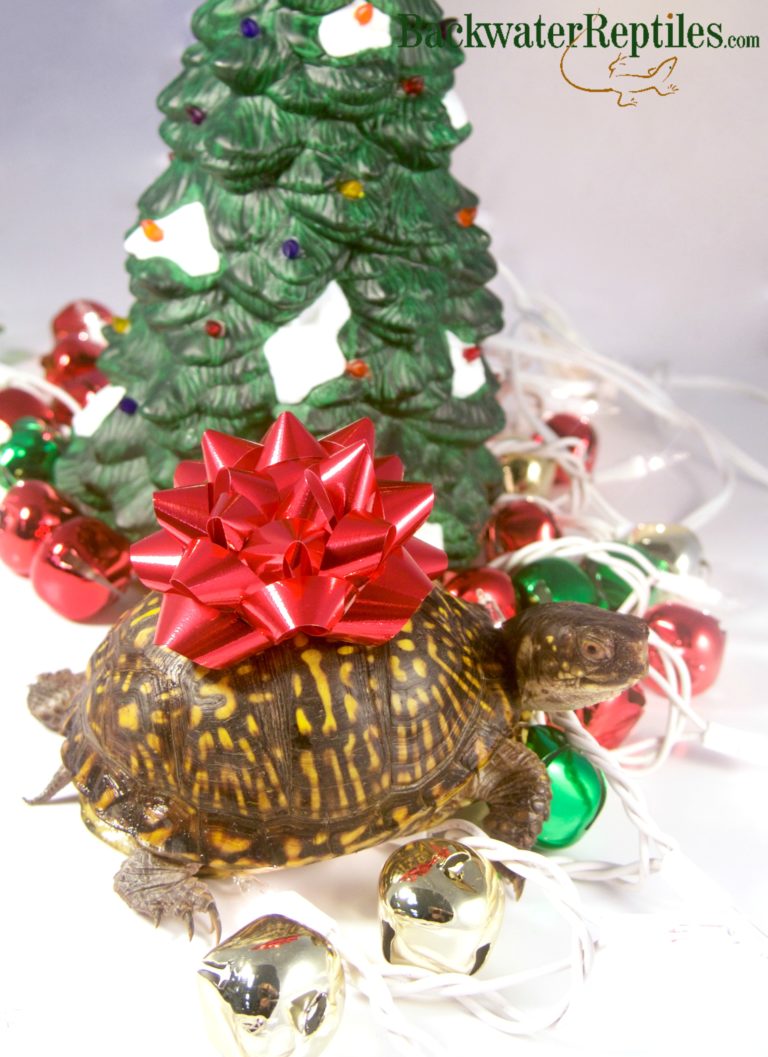
Conclusion
Well there you have it! These are just a few key tips on how to give a reptile this holiday season however if there are any other questions, please do not hesitate to ask us. Please order responsibly.
Want to skip steps 2-4?
Another way to gift a reptile is just to do Step #1: Preparation and then order a Gift Card from our website. This way you can wrap the supplies anyway you like with a Gift Card inside for the receiver to order their new critter whenever they want. Gift Cards are shipped via standard mail. Link below.
https://www.backwaterreptiles.com/gift-cards/backwater-reptiles-gift-card.html
Last Days to Order (2021)
Also, the very last day to order an animal from our website is Monday December 20th, for a delivery on Wednesday per the Shipping Schedule. Feeders are shipped via USPS 2–3 day mail and should be ordered before the 20th of December. We will not be in office from the 25th through the 26th if you email us within that time frame. Therefore, please always prepare and order early!

